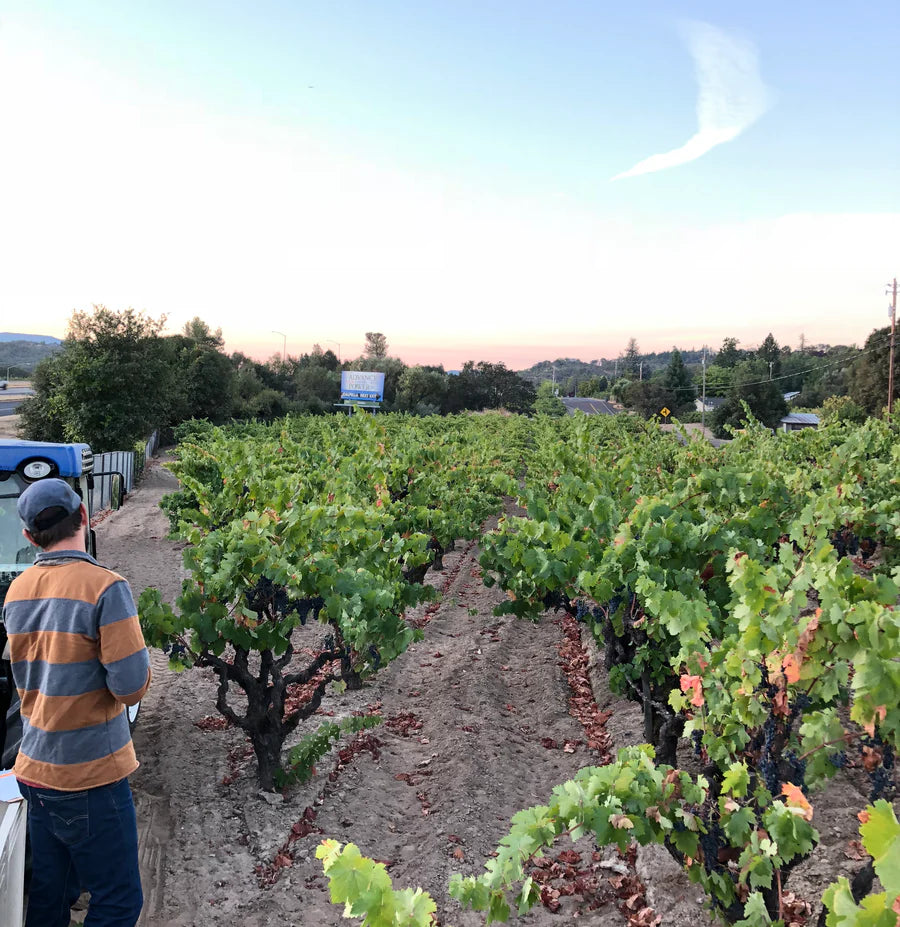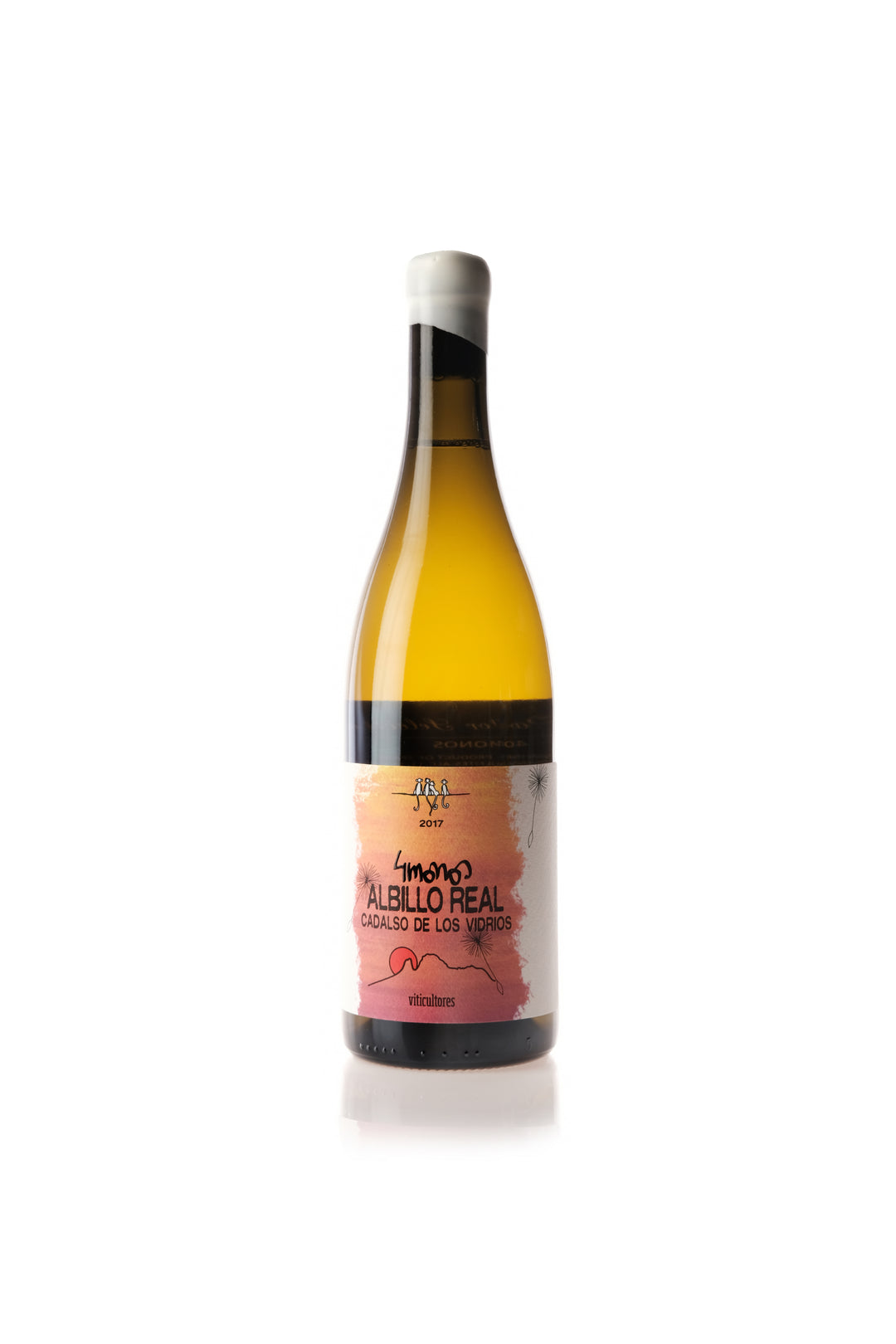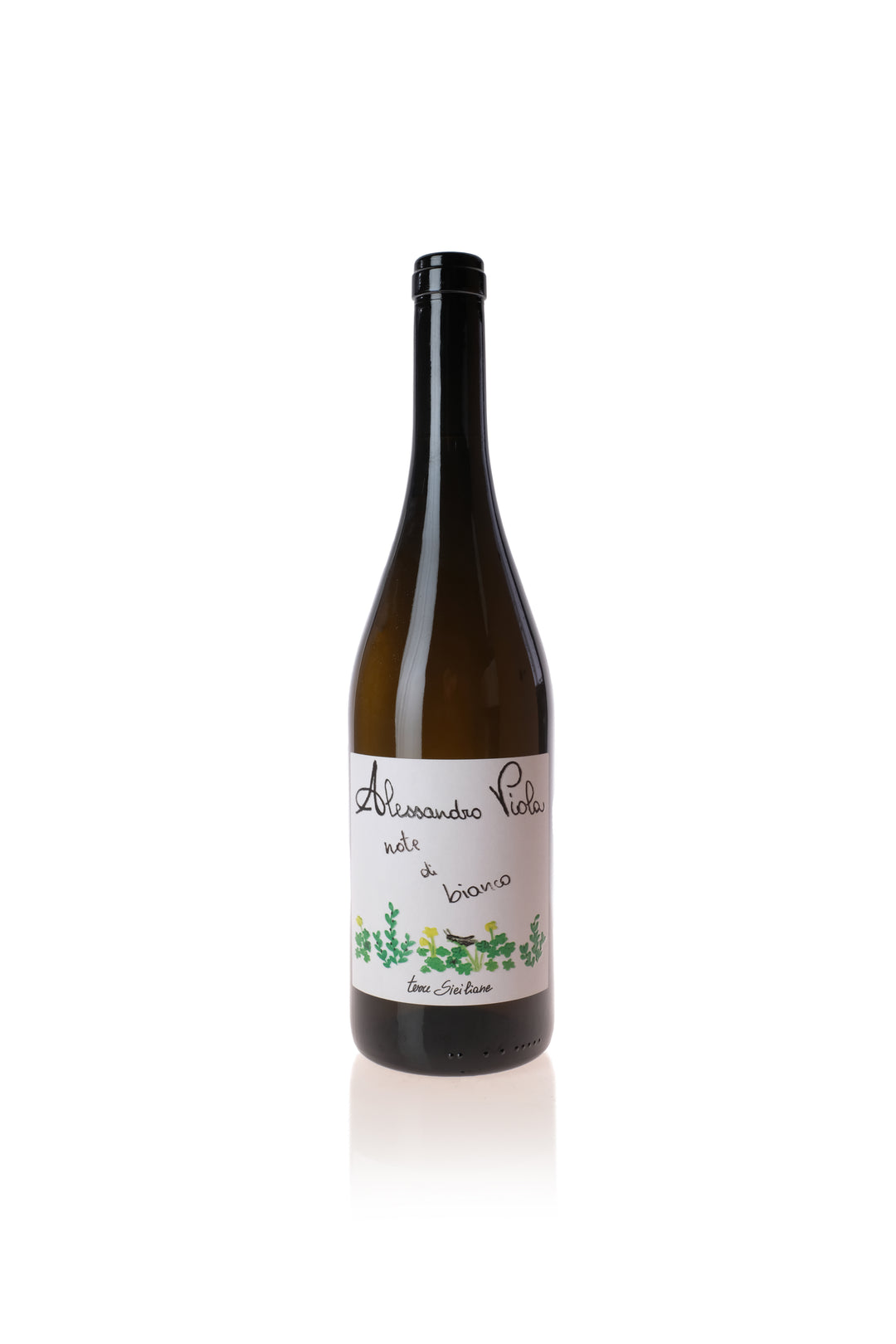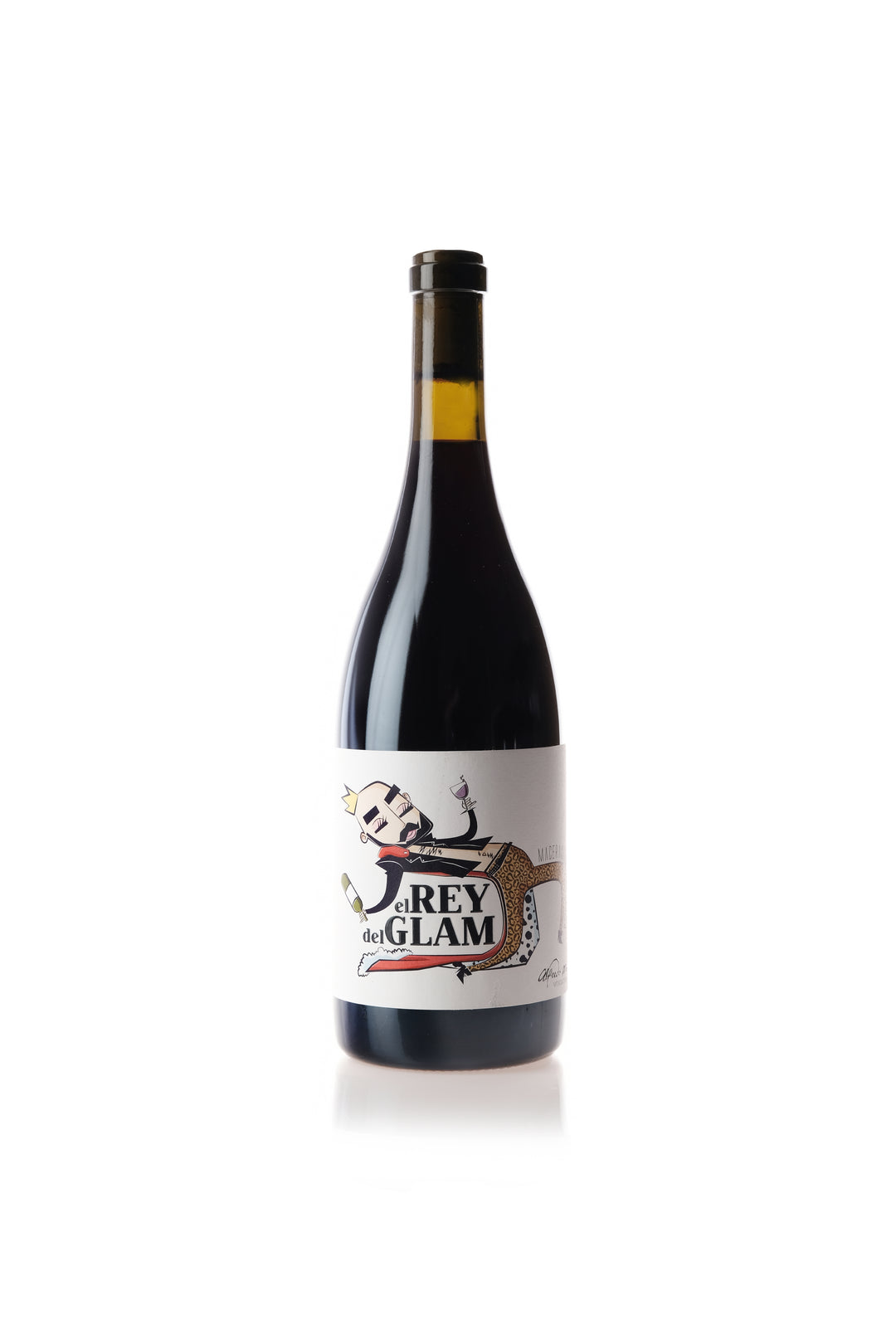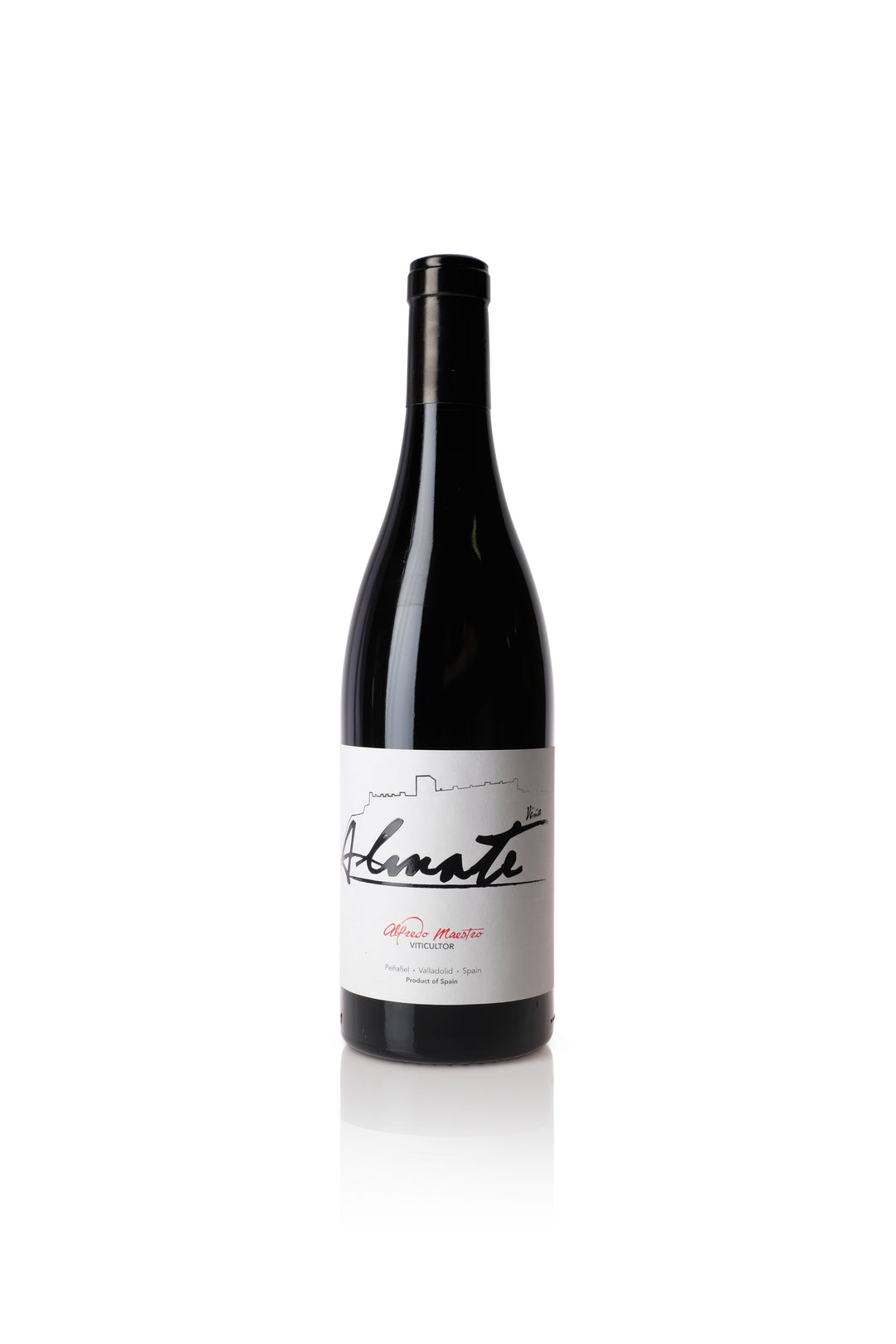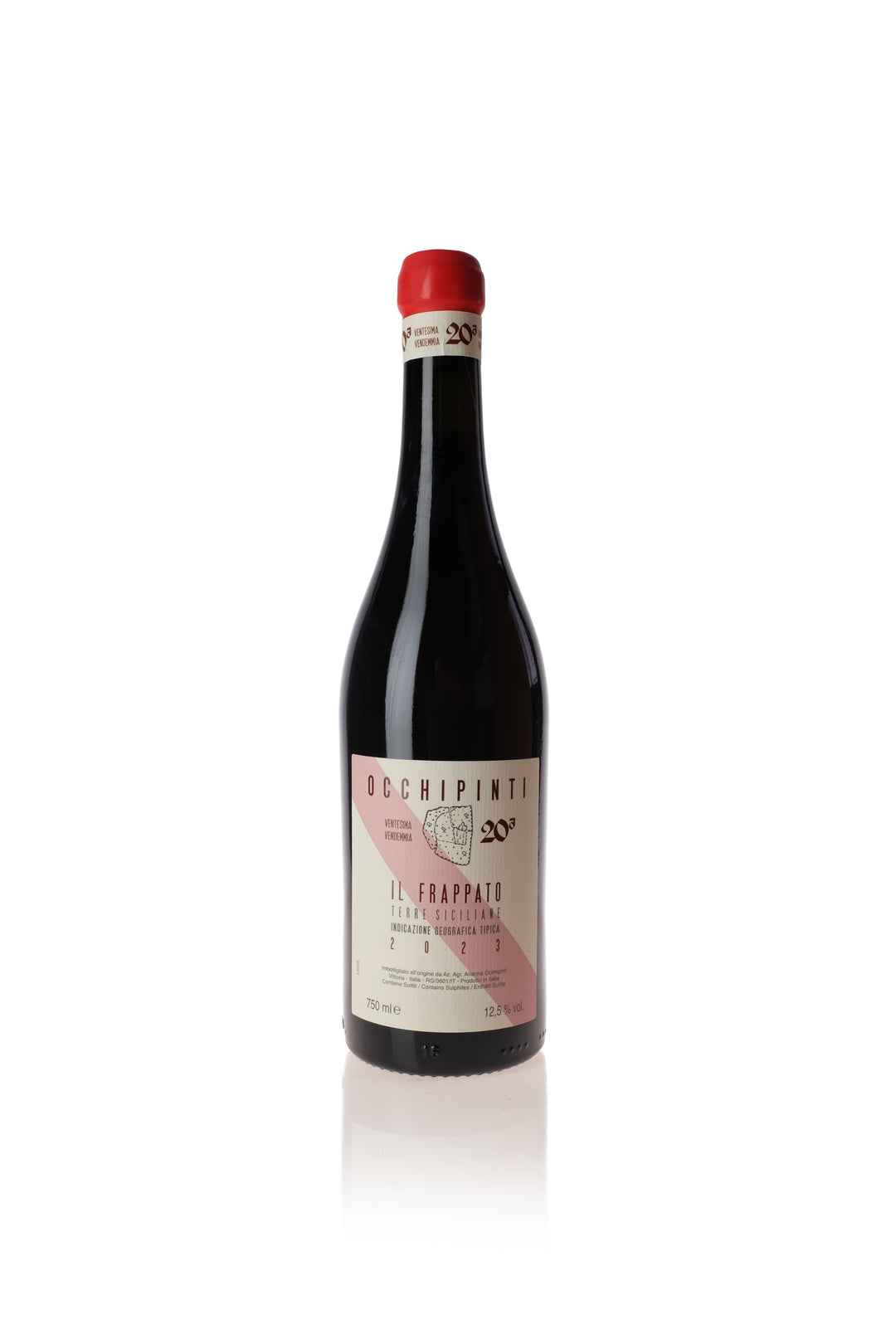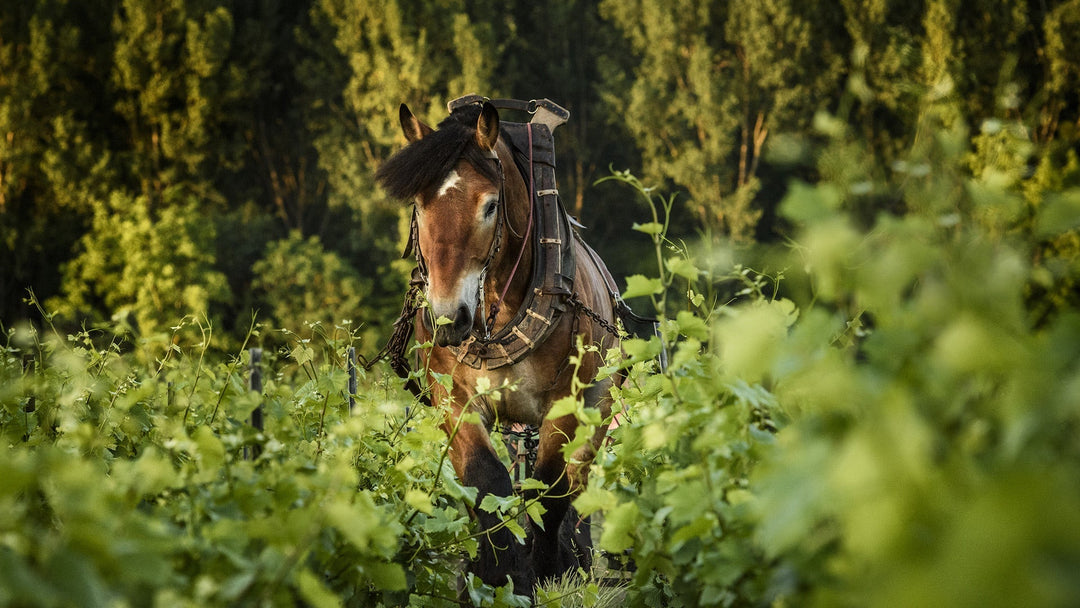WHY CHAMPION NATURAL WINE, PURE & SIMPLE
November 3, 2018
Written by friend of the Cru & natural wine advocate Daniel Souder, co-owner of Pleasantry & Money Chicken. Pleasantry is one of our top picks in town for bottles and glass pours alongside seriously delicious & fun seasonal small plates.
WHAT IS “NATURAL” WINE?
I get asked all the time at Pleasantry, “what’s ‘natural wine?’” And honestly, I don’t always answer the same every time. My answer varies from “wine by definition” or “wine made with as little intervention as possible” to “wine made in the vineyard” and “living wine, not stripped of its voice.” But that kinda seems vague.
But really, natural wine is just wine. Grapes pressed, fermented into wine, with little to no intervention in the entire process. Sounds simple, right? Somewhere along the way, we messed it up, and winemaking became a very complicated (technology-obsessed) affair. The recent natural wine movement has been about getting back to basics; old school and straightforward.
There is no definition of natural wine. But the generally accepted tenets are:
-
Grapes from organically or biodynamically farmed vineyards
-
Hand-harvested
-
With little to no sulfur in the winemaking (save for at bottling)
-
And little to no fining or filtering
We can all get behind those, no?
The haters say it’s just a trend, flawed, wine for the hip “Williamsburg” crowd. But its champions, like me, will tell you quite the opposite. Despite what some might say, natural wine isn’t going anywhere. And that’s because, first and foremost, it’s just wine, in its most pure, original, even Biblical form.
WHY I CHAMPION NATURAL WINE
There’s a lot to be said about how natural wine is made. But none of it would matter if the wine didn’t taste good. And that’s the kicker: it just tastes better! Yes, taste is relative. But is good taste really relative? (There’s a reason the consensus “best restaurants in the world” are more or less the same every year, or why the line at Jordan sneaker releases stretch out the door, or that David Beckham is very well-dressed. Good taste is generally agreed upon.)
Take acid, my wine drug; give it to me and I want more. That mouth-watering feeling after drinking a good wine? The kind that makes you thirst for more…not unlike something spicy you just can’t quit or something bittersweet you cannot put down. That’s what acid is to a wine. It makes you want more! And natural wine is higher in acidity, naturally (yes, many conventional wine people artificially acidify their wine), due to earlier picks and healthier grapes.
And low alcohol. Look, I love to drink. Some may say it’s my life’s work. But the morning repercussions are sometimes more than any of us bargained for. That’s why my preference is for low alcohol. Generally, natural wines are lower in alcohol (sugar levels in the grapes when they are picked is the main factor in alcohol content) because of their earlier pick times, or when I and natural winemakers would say grapes have reached “optimal ripeness.” Basically, natural winemakers pick earlier, preserving the grape’s natural acidity—while still having the sugar concentration to produce alcohol—whereas conventional winemakers tend to wait until the grape sugars are overconcentrated, resulting in those big, juicy, high alcohol wines.
Want the perfect food pairing? Natural wine. Because of the two reasons prior, mostly, but also because they’re made by humans, not by machines in a factory. And humans make the best food, not processed junk. Simply put, these wines are made for food. Acid is a dish’s best friend: it challenges other acid, it cuts through fatty dishes (cheeses, fried foods) and can liven up an otherwise bland taste profile. The low-ish alcohol levels guarantee you’re not just tasting that alcohol burn (not unlike a whiskey burn) or exacerbating any heat or acid that a high alcohol wine would bring. Ever had bangin’ Szechuan food? Grab a bottle of German natty and buckle up!
Back to the humans. The people. This is really what it’s all about for me. Wine made by a person, from a farm (often not picturesque, but breathtaking in its own way), unadulterated in its own beauty. The vision, the story, the terroir, the ebbs and flows of a vintage (yes, the same wine should taste different year to year), all of this make a wine that speaks of a place in a time. I don’t know about you, but to me, wine is like food: I don’t need all the fuss; just good, quality ingredients shining through. No need to complicate or manipulate it.
DRINK LIKE DANIEL
RUTH LEWANDOWSKI “BOAZ” : $36 BTL
Mendocino, CA 2014; variety : carignan, grenache, cabernet from Testa Vineyard
“A fuller-bodied take on California carignan. Made by my guy Evan Lewandowski, whom I have worked harvest with the past two years.” - DS
METHODE SAUVAGE : $30 BTL
Sonoma, CA 2017; variety : chenin blanc
“Wine project of Chad Hinds, another guy I consider a friend. All sorts of lemon and seashells in this bad mamma-jamma.” - DS
FAMILLE DUTRAIVE BEAUJOLAIS VILLAGES : $30 BTL
Beaujolais, FR 2017; variety : gamay
“Wine crush family of Pleasantry.” - DS
LAPIERRE MORGON : $42 BTL
Beaujolais, FR 2017; variety : gamay
“True OG status. My favorite wine, year in and out. *did I say how I feel some type of way about Beaujolais?” - DS
ROGUE VINE : $30 BTL
“Super Itata” Semillon Itata Valley, CHL 2016
“This one really shocked me how serious Semillon could be standing on its own, away from Bordeaux.” - DS


